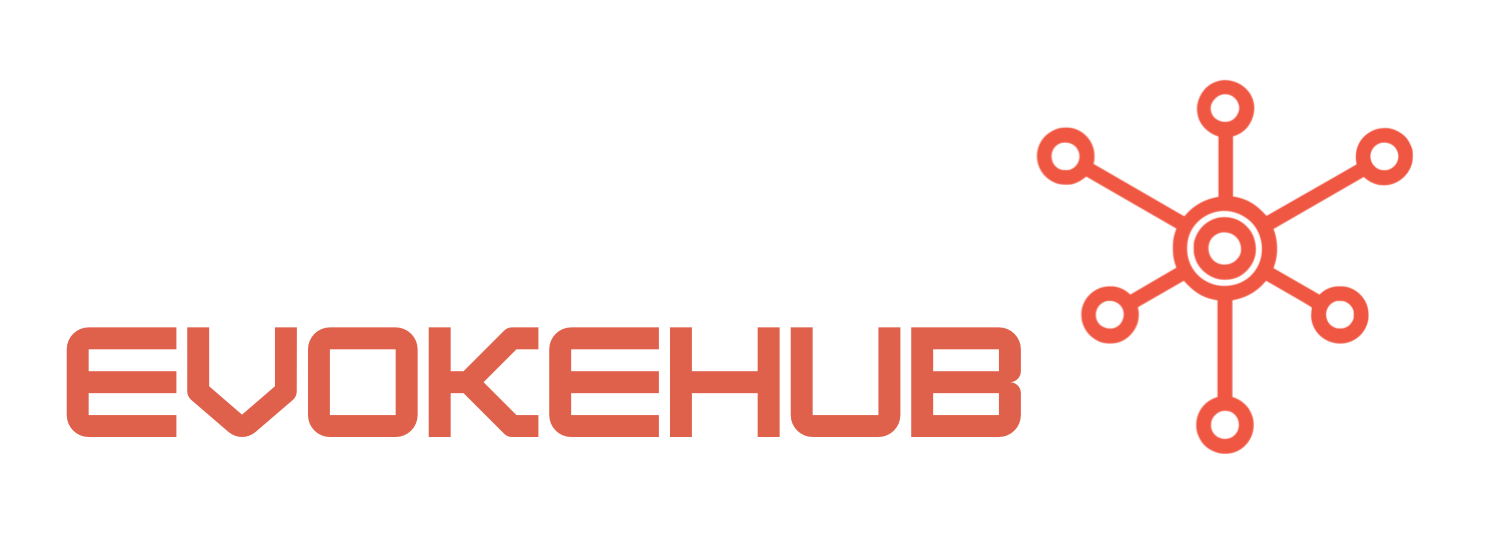Understanding Azure Event Hubs for Real-Time Data Processing
Azure Event Hubs is a fully managed, real-time data ingestion service that can process millions of events per second. Designed to scale horizontally, it allows organizations to handle massive data streams from various sources, including IoT devices, applications, and more. Its architecture is built to support a wide variety of data formats, ensuring seamless integration with existing systems. Event Hubs acts as a central hub for event data, enabling businesses to collect, process, and analyze information without the need for extensive infrastructure.
One of the key features of Azure Event Hubs is its ability to provide event retention and replay capabilities. This allows users to store event data for a configurable retention period, making it possible to reprocess old events when necessary. Furthermore, Event Hubs supports multiple consumer groups, allowing various applications to read data simultaneously without impacting performance. These features empower organizations to build resilient data pipelines that can adapt to changing needs.
Moreover, Azure Event Hubs integrates effortlessly with other Azure services like Azure Stream Analytics, Azure Functions, and Azure Data Lake Storage. This interoperability enhances the overall data processing capabilities, allowing organizations to create sophisticated architectures for real-time analytics. By leveraging this integration, companies can streamline their workflows, reduce latency, and gain insights from their data almost instantaneously.
Key Strategies for Optimizing Data Streaming Efficiency
To maximize the efficiency of data streaming with Azure Event Hubs, organizations should focus on optimizing event publishing and consumption. One effective strategy is to batch events before sending them to Event Hubs. By grouping multiple events into a single request, businesses can significantly reduce the overhead from network calls and improve throughput. Azure Event Hubs is designed to handle large batches of events, which not only enhances performance but also lowers costs associated with data transmission.
Another essential strategy is to configure the partitioning of the Event Hubs instance correctly. Partitioning allows multiple consumers to read from the same event stream concurrently, distributing the load effectively. Organizations should assess their data throughput and consumption patterns to determine the optimal number of partitions. It’s also advisable to use partition keys effectively, ensuring that related events are processed together, which can improve overall processing efficiency.
Monitoring and managing the performance of Event Hubs is equally crucial. Azure provides comprehensive monitoring tools through Azure Monitor and Application Insights, enabling businesses to track data ingestion rates, latency, and any potential bottlenecks. Regularly reviewing these metrics allows organizations to make data-driven adjustments, scaling their Event Hubs settings when necessary to ensure optimal performance. Implementing alerts based on these metrics can also help teams react proactively to issues, maintaining a seamless data streaming experience.
In conclusion, Azure Event Hubs serves as a cornerstone for organizations looking to implement efficient real-time data streaming solutions. By understanding its core functionalities and employing key optimization strategies, businesses can significantly enhance their data processing capabilities. Whether it’s through effective batching, optimal partition management, or monitoring performance metrics, leveraging Azure Event Hubs can lead to better decision-making and improved operational efficiencies. As organizations continue to evolve, mastering real-time data streaming will undoubtedly play a pivotal role in their success. For more information on Azure Event Hubs, visit the official Azure Event Hubs documentation.




